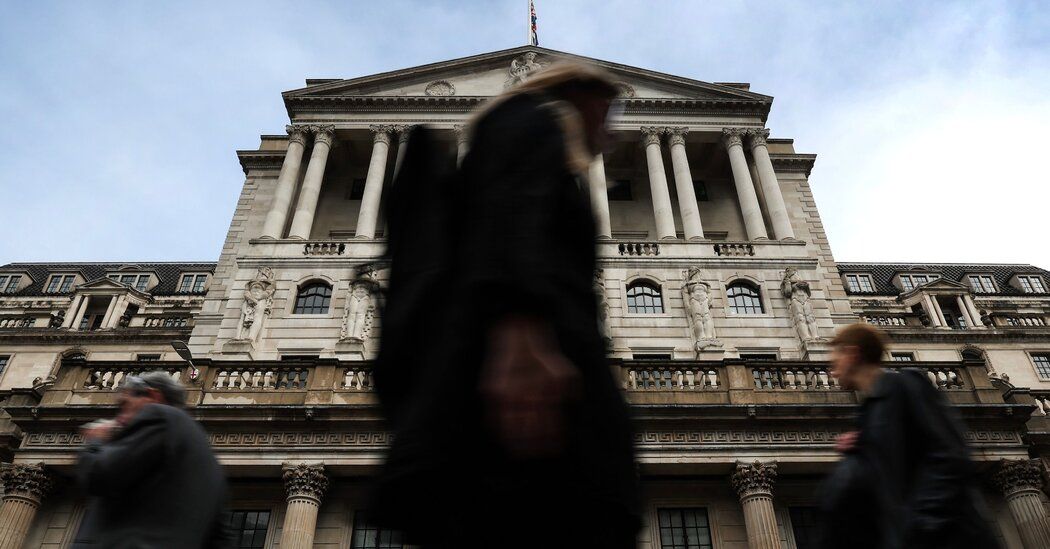The Bank of England Raises Rates for 14th Meeting in a Row
After months of inflation readings coming in higher than the central bank’s forecasts, intensifying concerns about the stubbornness of high prices in Britain, June’s inflation data provided some much needed relief for the central bank, which has been under fire for failing to contain inflation more quickly.
Alongside its policy decision, the central bank published new inflation and economic forecasts. And in those, there was more good news, including for the government: Inflation would fall to just below 5 percent by the end of the year, the bank predicted, which would allow Prime Minister Rishi Sunak to achieve his pledge of halving inflation this year.
But otherwise, the forecasts presented a gloomy outlook of weak economic growth and risks that domestic inflationary pressures were becoming more embedded in the economy. Policymakers said they would make sure interest rates were “sufficiently restrictive for sufficiently long” to push inflation down to their target level.
As interest rates have climbed and inflation has slowed, policymakers around the world are trying to determine the right level of monetary policy tightness. They want to push interest rates high enough to stamp out high inflation, without making economic conditions so restrictive that they push their economies into recessions, high unemployment and deflation.
Last week, the European Central Bank and Federal Reserve both raised interest rates by a quarter of a percentage point. The Fed’s decision came after a pause in rate increases the month before. Christine Lagarde, the president of the E.C.B., which has raised rates nine consecutive times, said at the next meetings policymakers could raise or pause rate increases, and that they had an “open mind.”
Source: The New York Times


